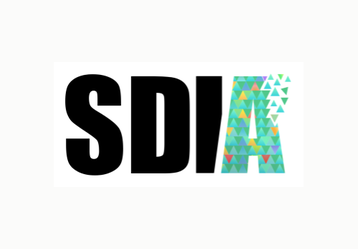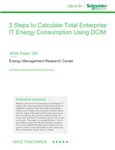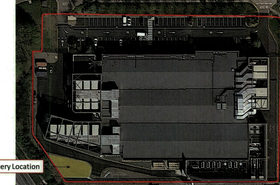The Sustainable Digital Infrastructure Association (SDIA) has opened a key working group to all comers. The group is working on ways to ensure a sustainable cloud - including software layers.
The SDIA, an independent industry alliance, aims to help the industry towards net-zero data centers and telecoms. It has set up working groups for areas including one to build a framework to calculate the carbon footprint of the entire stack involved in cloud services, and for server software. SDIA's working groups are normally made up of people from sponsors, but these two will be open to all in the industry, because the group sees these as urgent.
Come one, come all
"There's been a lot of talk about the climate impact of the digital infrastructure," SDIA CEO Daan Terpstra told DCD. "The work starts with measuring it. We're trying to attract smart minds and committed and involved individuals to help us with that."
SDIA members pay a sponsorship, and Terpstra said: "sometimes finances can be a barrier. In light of that, we've made the decision to waive the entry barrier to the groups that we have dedicated to solving this problem."
The SDIA's groups, known as "Steering Groups" include one on "Defining the environmental footprint framework for server-side applications", which is now open to outside participants. The SDIA also has others, including one aiming to create an Open Data Hub, and is involved in work in Germany called SoftAWERE to create labels and tools which promote and enable energy-efficient software.
Work in data center efficiency has focused on making facilities deliver energy efficiently to the IT equipment, but has left the workings of that equipment up to the end-user running software on it. There have been efforts to create more efficient software, such as the Green Software Foundation, and the Distiller project in France. However, these have generally been isolated and have not been picked up widely.
SDIA's vision is to transmit information up the stack about the entire lifecycle impact of hardware and software, so it is visible to the software, and can then be used to make decisions on where and how that software will run.
"What we're simply trying to do is to allow the software that runs on all this hardware to assess its own carbon footprints," says Terpstra. "There would be no servers, no fiber, no cooling, no buildings, if it were not for software. Software is a driver of the entire underlying infrastructure - so let software assess its own carbon footprints by giving the developers of that software tools and data so they can incorporate the climate impact into their full economic decision making."
According to the SDIA's roadmap, the group hopes to deliver a Digital Carbon Footprint this year, with help from industry.




